
Here are 11 not-so-ancient ruins sure to spark your curiosity.
Take a peek
People travel halfway around the world to see the Colosseum, the pyramids in Egypt or the Great Wall of China. But what about the ruins that don’t date back to ancient times?
Some vacant buildings, abandoned factories and disused train stations have a different kind of allure, making you imagine what took place inside the now-crumbling walls. You can identify with what you are seeing and guess what it was like before it was abandoned.
Have a look inside these mysterious places from the not-so-distant past. First stop: A desert town where the dunes have made themselves right at home, inside the homes. (Text: Josh Lew)
Related Link: 7 modern-day ghost towns
1. Kolmanskop, Namibia
Photo: Damien du Toit/Flickr
Kolmanskop, an abandoned desert town in southern Namibia, was once a thriving diamond mining hub. After the first Kolmanskop miners became wealthy thanks to their discoveries, there was a kind of diamond rush, with German fortune-seekers building a European-style village complete with a ballroom, school, medical facilities and even a ice factory. During the early decades of the 20th century, the mines became depleted and the town was finally abandoned in the 1950s. Today, tourists with permits may enter the area. Thanks to the arid climate, some of the buildings are still in good shape, though desert winds have blown sand into many of them, creating strange indoor “dunes” that cover rooms and block still-intact doorways. The town lies only a few miles inland from the charming colonial-era port town of Lüderitz.
2. City Hall Subway Station, New York City, USA
Photo: Joe Wolf/Flickr
This subway station was the original terminus for New York City's first subway line. It never saw much ridership, serving only about 600 people per day during its peak. It was designed to be a showcase station of the then-new underground train network. The plaques and intricate design elements bring to mind the architectural grandeur of the late 19th and early 20th centuries. Abandoned since 1945, the City Hall Station is the site of infrequent tours led by guides from New York's Transit Museum. However, people who stay on the Lexington Avenue line after it passes through downtown Manhattan can see the station outside the windows as the train makes the loop that turns it back in the uptown direction.
Related Link: 8 images of NYC in the early 1900s
3. New Smyrna Beach Sugar Mill Ruins, Florida, USA
Photo: Rain0975/Flickr
This abandoned sugar mill has a colourful history. Erected in the 1830s, it was a steam-powered sugar mill with an attached sawmill, a high-tech facility for its era. However, local Native Americans from the Seminole tribe, in conflict with Florida's settlers at that time, destroyed the mill after it was in operation for only a short time. The remains of the buildings were then used to garrison U.S. soldiers during the ensuing conflict with the Seminoles. Today, the walls of the mill remain mostly intact, but the roofs are gone. With a nearby campground and easy road access, the New Smyrna Beach Mill is one of the most accessible ruins on our list.
Related Link: Giant snails invade, coat Florida in slime
4. Mission San Jose de Tumacacori, Arizona, USA
Photo: PHB.cz (Richard Semik)/Shutterstock
This historic mission in what is now Arizona was built in the early 1800s. It took a long time to complete this building, with the mission's monks selling land to local ranchers to fund the construction. Today, Tumacacori is part of a national historic park, so the buildings are easily accessible and well-preserved. This abandoned mission is a great example of the authentic architecture that once defined the area that is now the American Southwest.
Related Link: 10 most popular attractions of the National Park Service
5. Aldwych Tube Station, London, England
Photo: Kevan Davis/Flickr
This station in Westminster is one of the 18 “ghost stations” in the London Underground that have been cut off from the city's far-reaching Tube network. During its time in operation, Aldwych was supposed to benefit from several proposed expansions. However, none of the plans came to fruition, making the station less than profitable and causing it to be shut down in 1994 when repairs were no longer financially feasible. Today guests can explore this station only as part of a guided tour.
Aldwych secured its place in history during World War II, when it was closed to be used as an air raid shelter and to store and protect museum artefacts.
6. Hashima Island, Japan
Photo: Jordy Meow/Flickr
Commonly called Gunkanjima, or Battleship Island in English, Hashima is s small island in the Nagasaki area that once had a thriving coal mining industry. As coal was replaced as a power source in Japan, the island's mines were closed and the people who lived there left because there were no other opportunities. Hashima was densely populated and the high-rise residential buildings still stand today, giving visitors a real glimpse of what life was like in Japan in the 20th century. The island was only recently opened to the public, and there is a campaign to have it registered as a world heritage site.
In the meantime, the island recently enjoyed worldwide exposure in the 2012 James Bond movie "Skyfall."
Related Link: 10 food tours to expand your mind: Osaka, Japan
7. Six Flags, New Orleans, USA
Photo: Keoni Cabral/Flickr
Ruined by Hurricane Katrina, this once-popular amusement park remains in a state of disrepair today. There have been several proposals for reusing or renovating the facility, but as of this writing, the park sits vacant and Six Flags is still in court trying to get compensation for repairs from its insurers. Despite the chance of being cited for trespassing, so-called urban explorers wander through the disused rides, vacant food counters, and people-free pedestrian areas.
8. Maunsell Forts, England
Photo: Hywel Williams/Wikimedia Commons
The Maunsell Forts were built in the estuaries of two of England's largest rivers, the Thames and Mersey. Constructed during World War II, they housed artillery teams. Despite being decommissioned in the 1950s, the towers still stand, looking like the set of a post-apocalyptic movie or a sci-fi television show. Pirate radio stations used the forts in the 1960s as broadcast bases. Campaigns are underway to launch an official preservation effort.
Related Link: Global graffiti: 8 powerful street artists
9. Valley of Mills, Italy
Photo: Dennis Jarvis/Flickr
This deep valley in Sorrento, Italy, was once home to thriving wheat grinding mills. However, new developments in the city brought about localized climate change in the 19th century, making it too hot and humid for the grains and for the mill's employees. As a result, grinding operations were abandoned. Today, tourists can take a series of stone walkways down into the valley to get an up-close look at the mills, which were built in the 17th century. Some visitors simply look at the mills from the roadway above the valley, with many bringing along binoculars to get a closer look.
10. Nicosia Airport, Cyprus
Photo: Dickelbers/Wikimedia Commons
This airport on the island of Cyprus was once the nation's hub airport. However, after the invasion by Turkish forces in 1974, the airport ceased operations. It has never reopened, though parts are still used by UN personnel on an extended peacekeeping mission on the island. The planes and terminal areas have deteriorated over time, but still offer a glimpse into the bygone era of aviation. There are even faded posters with advertisements that give the terminal a “frozen in time” feel. Parts of Nicosia actually bear the scars of the fighting that took place there during the conflict that eventually led to the airport's permanent closure.
Related Link: 7 modern-day ghost towns: Varosha, Northern Cyprus
11. Sope Creek Paper Mill Ruins, Georgia, USA
Photo: Timothy J Carroll/Flickr
Located in metro Atlanta, the Sope Creek Paper Mill was once a thriving factory powered by the waters of the adjacent creek. The mill was damaged during the Civil War by Union soldiers who suspected that it was being used to print money for the Confederate States of America. However, decreasing demand and more-modern manufacturing practices finally caused the closure of the Sope Creek Mill in the early 1900s. The now-crumbling walls and doorways still stand, drawing locals and out-of-state visitors. Some people combine a visit to the ruins with a hike or bike through the surrounding network of trails.
Related Posts:
1. 5 Of The World’s Most Mystifying Ghost Towns
2. Amazing Buildings Devoured By Sand
3. 9 Abandoned Islands Where Time Has Stopped
4. 8 of the Coolest Secret Subway Stations in the World
5. 10 Incredible Sea Forts
6. 7 Monumental Abandoned Wonders of Military Architecture
7. Stranger Than Science Fiction: 11 Places That You Won't Believe Actually Exist
8. 10 Uninhabited Islands and Why Nobody Lives on Them
9. 6 Incredible Abandoned Gateways to the World
10. 10 Incredible Ruins Of Super Science
11. 12 of the World’s Most Mysterious Monuments and Ruins
1. 5 Of The World’s Most Mystifying Ghost Towns
2. Amazing Buildings Devoured By Sand
3. 9 Abandoned Islands Where Time Has Stopped
4. 8 of the Coolest Secret Subway Stations in the World
5. 10 Incredible Sea Forts
6. 7 Monumental Abandoned Wonders of Military Architecture
7. Stranger Than Science Fiction: 11 Places That You Won't Believe Actually Exist
8. 10 Uninhabited Islands and Why Nobody Lives on Them
9. 6 Incredible Abandoned Gateways to the World
10. 10 Incredible Ruins Of Super Science
11. 12 of the World’s Most Mysterious Monuments and Ruins
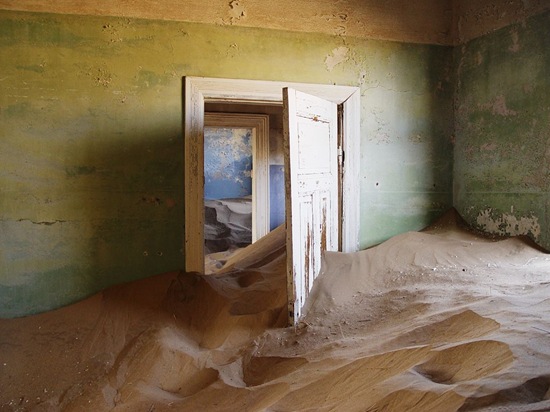
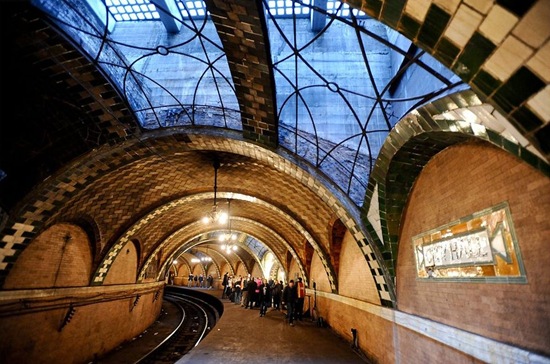

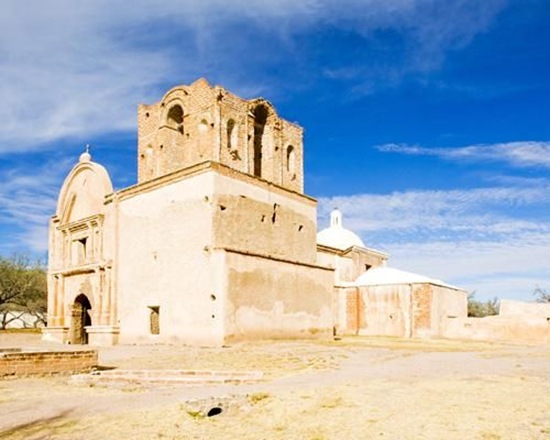

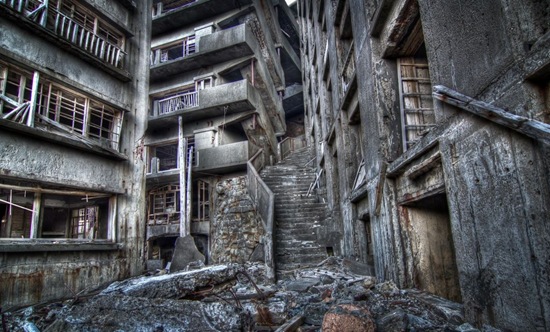
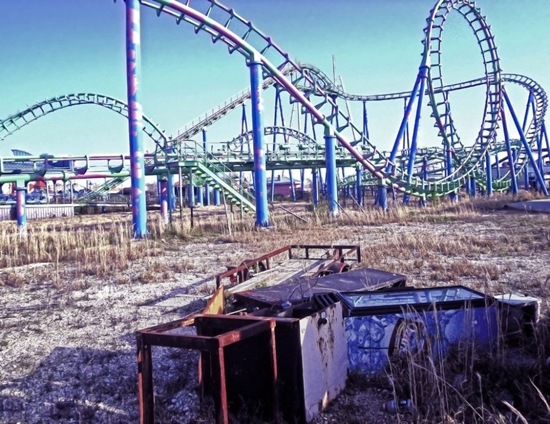
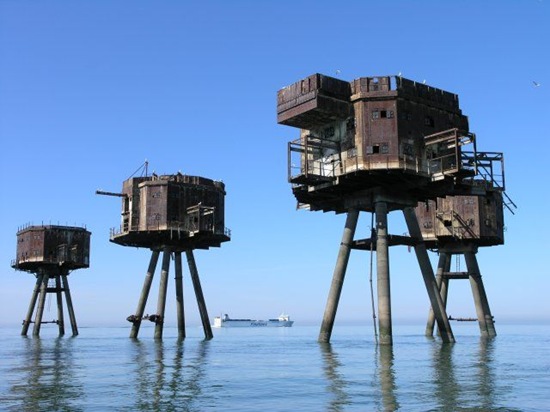


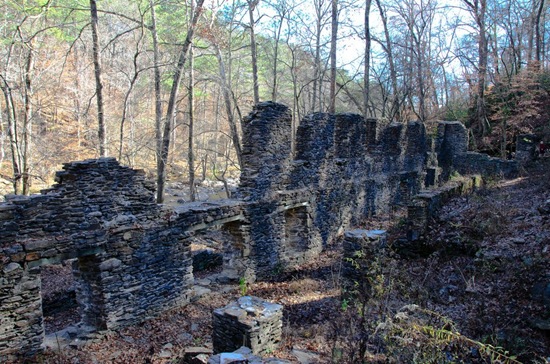
No comments:
Post a Comment
Please adhere to proper blog etiquette when posting your comments. This blog owner will exercise his absolution discretion in allowing or rejecting any comments that are deemed seditious, defamatory, libelous, racist, vulgar, insulting, and other remarks that exhibit similar characteristics. If you insist on using anonymous comments, please write your name or other IDs at the end of your message.